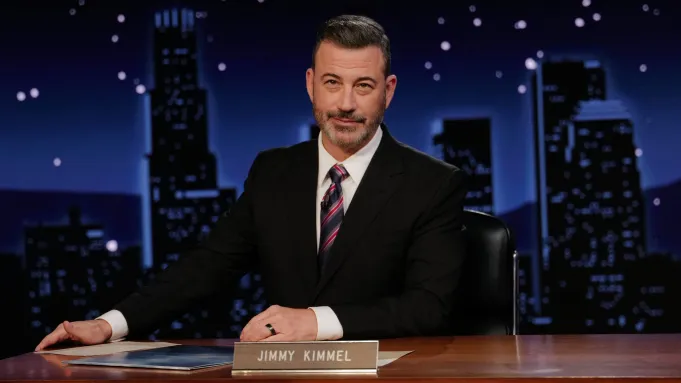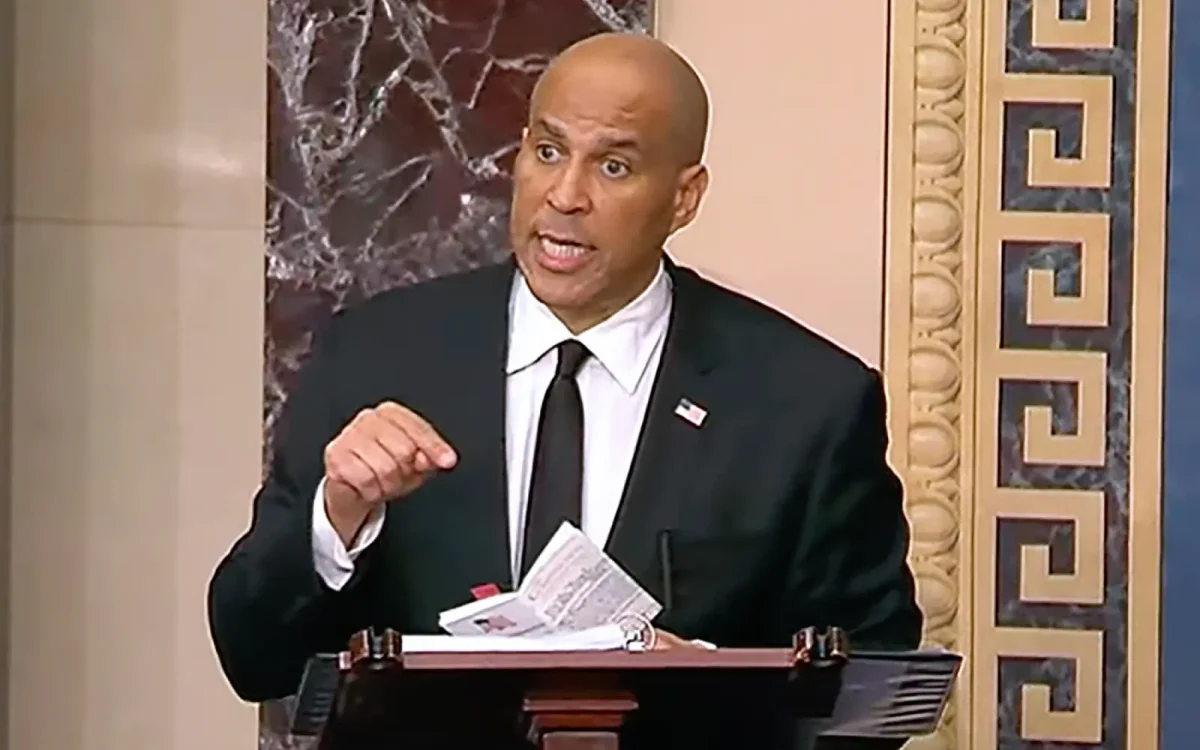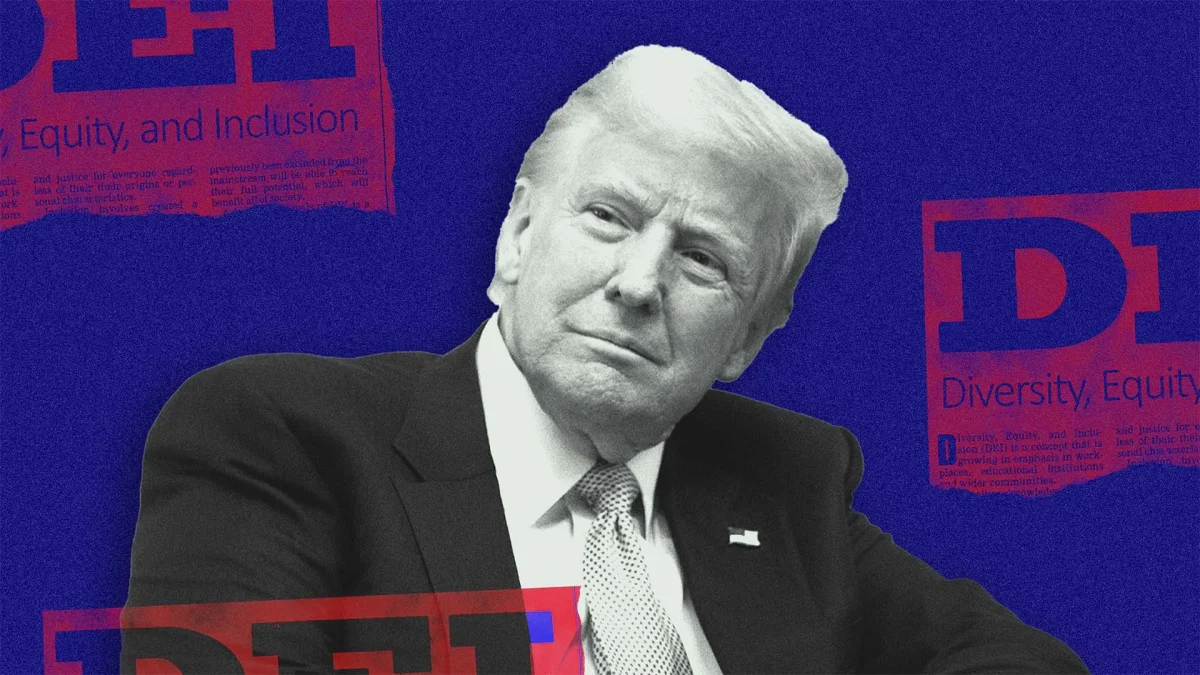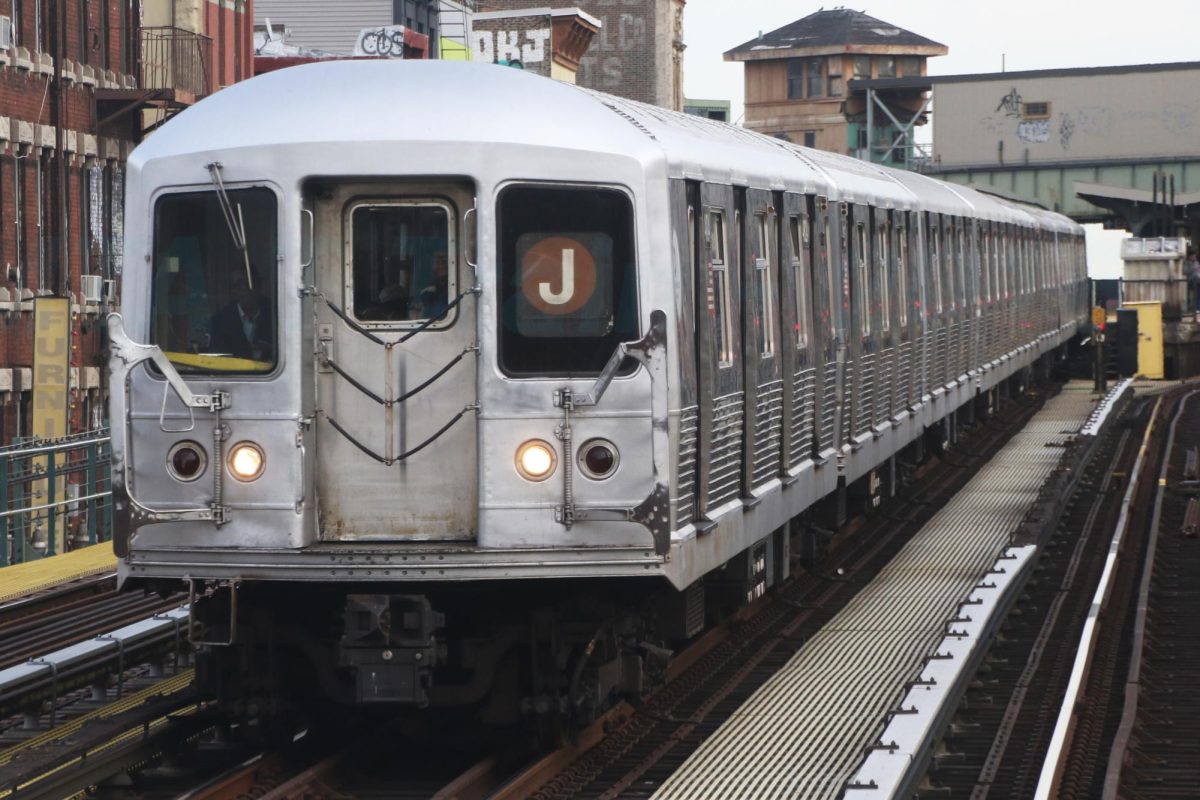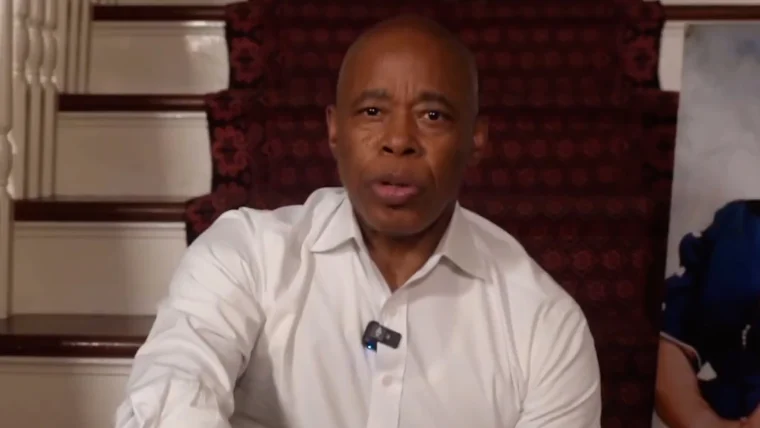On Oct 3, at approximately 2:18 p.m. ET, cell phones across the country simultaneously chimed with the notification of a Presidential Alert for the first time since national alert systems were established. It read:
“THIS IS A TEST of the National Wireless Emergency Alert System. No action is needed.”
A majority of cell phone within the U.S. received the alert as FEMA tested the new Integrated Public Alert and Warning System. The alert was aimed to reach about 225 million people within the United States, and was also broadcast on TV and radio. FEMA originally scheduled the alert for September, but it was postponed due to Hurricane Florence. Cell phone users will receive it every three years, as opposed to the TV/radio system that is tested monthly.
Across social media, many comments were made about the inconvenience or unnecessary use of the alert. Some took to Twitter to poke fun at the content of the alert, incorporating President Trump’s well known tweets. Several cell phone users even said they received the Presidential Alert 3 to 9 times.
Amber alerts and weather warnings are received by only those in certain designated areas and cell phone users are granted the possibility to opt out of receiving the alerts. However, the Presidential Alert, intended to warn the U.S. about terrorist attacks, an invasion, or any grave public emergencies, cannot be turned off. This alert is in hopes of addressing the nation in an immediate and unobstructed way, but has brought about mixed feelings among University students.
University sophomore Owen McGonigle shared, “I received it, and honestly it just felt so odd. Trump has already been so weird with social media that getting a text from him just felt odd.” Katherine Zelaya, another University sophomore said, “The moment I received the alert, I was already wondering how to disable it for the future.”
The alert came through cell phone providers such as AT&T and Verizon, although many AT&T users did not receive the alert. “I knew about the presidential alert but I didn’t get it.” said University sophomore Julia Rourke who has AT&T as her provider, “I think it could’ve been a good idea in theory but I’m not the only person I know who didn’t get it so I have doubts in the system.” FEMA has stated that being out of range of a cell phone tower or having your cell phone turned off are reasons why the alert did not reach a quarter of the nation.
In regards to the privacy of cell phone users, the FCC has said it does not collect data based on the test, though intends to ask cell phone service providers for feedback about how the test went.
Considering the country’s current political climate, some are concerned with the timing of the alert, questioning the motives behind the system’s test. Others simply think its existence is unnecessary and inconvenient. Whether or not the system alert will prove to be successful is up to the improved participation of cell phone providers and FEMA, as well as a nonpartisan outlook regarding the national test.

Credit: FEMA


